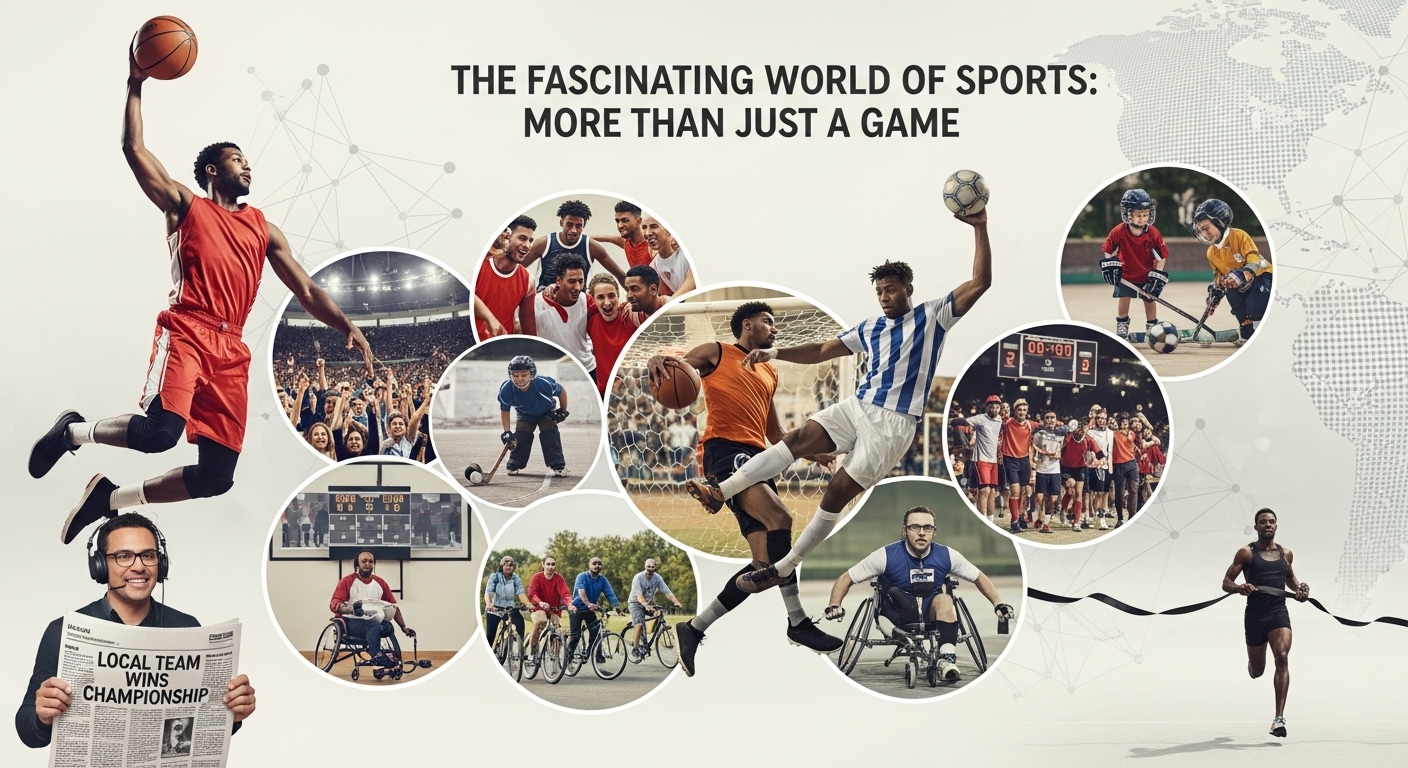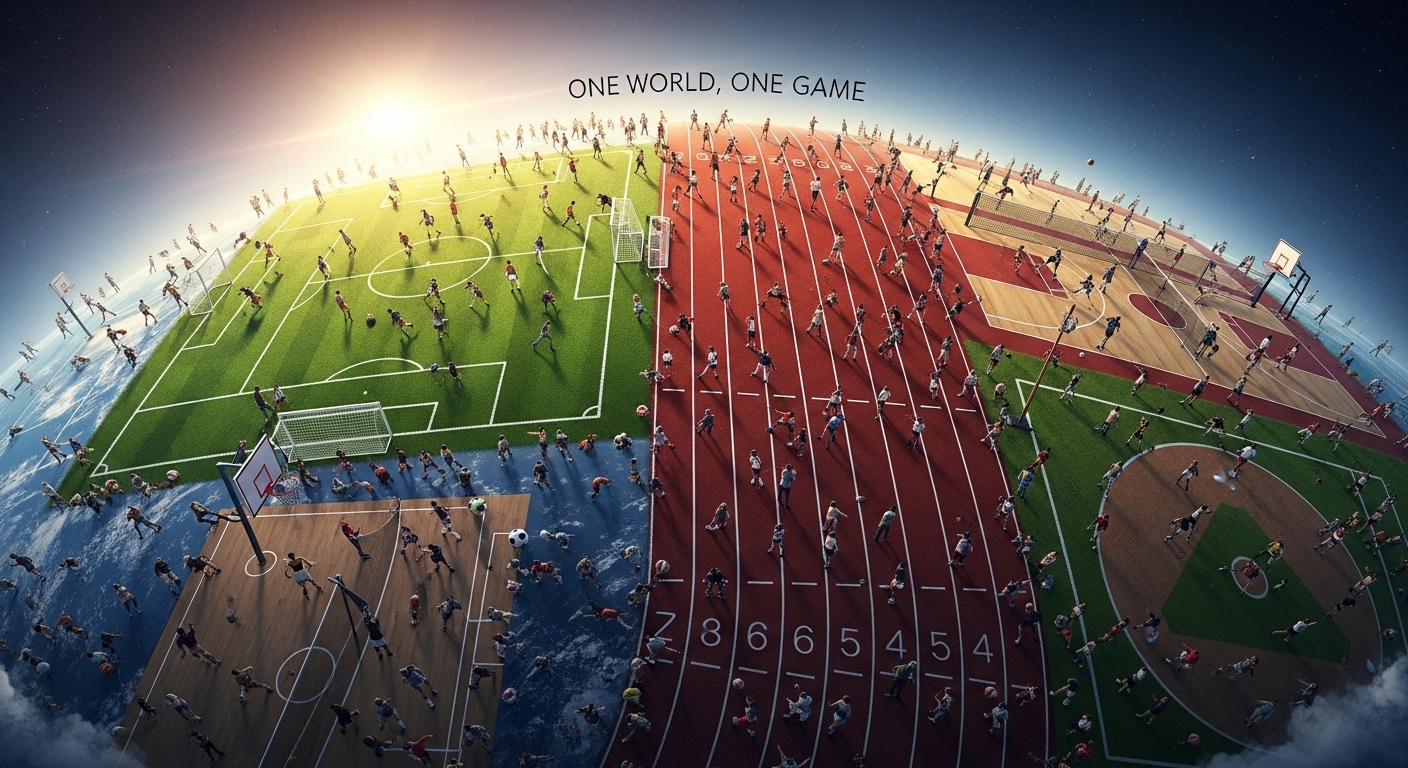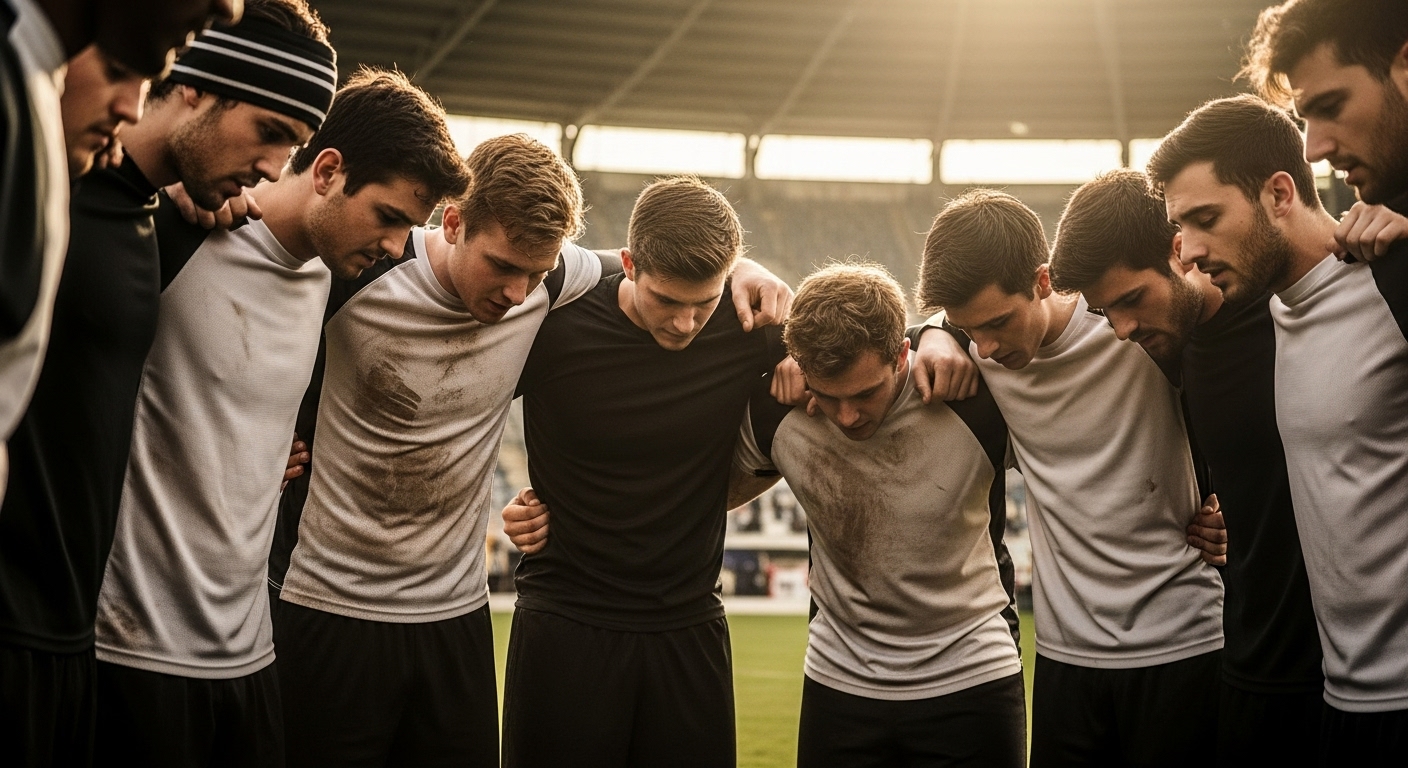Sports have been an integral part of human civilization for centuries, evolving from simple physical contests to complex global phenomena. From ancient Olympic games to modern-day professional leagues, sports have shaped cultures, influenced societies, and inspired millions of individuals worldwide. While some see sports as mere entertainment, they hold deeper significance—promoting physical health, mental well-being, teamwork, discipline, and social cohesion. In this article, we will explore the diverse world of sports, their history, types, benefits, impact on society, and why they continue to captivate humanity.
The History of Sports
The history of sports is as old as human civilization itself. Early humans engaged in activities like hunting, running, and wrestling, which not only served practical purposes but also became recreational contests. Archaeological evidence indicates that organized sports existed in ancient civilizations, including Egypt, Mesopotamia, and China.
The most famous early sporting event is the Olympic Games of ancient Greece, which began around 776 BC. These games were held in Olympia and celebrated physical prowess, religious devotion, and civic pride. Events included running, wrestling, boxing, chariot racing, and pentathlon. The ancient Olympics were more than competitions—they were a cultural festival uniting Greek city-states through sport.
During the Middle Ages, sports evolved into forms of entertainment for nobility and commoners alike. Archery, jousting, and horseback riding became popular among the elite, while peasants engaged in folk games and team sports. With the Renaissance and the rise of modern societies, sports became more organized, standardized, and codified. By the 19th and 20th centuries, global sports organizations and professional leagues emerged, transforming sports into the organized, competitive, and commercialized phenomena we know today.
Types of Sports
Sports can be classified in many ways, depending on physicality, team structure, skill level, or environment. Broadly, they can be divided into team sports, individual sports, outdoor sports, and indoor sports.
Team Sports
Team sports are games where groups of individuals collaborate to achieve a common goal, emphasizing coordination, strategy, and teamwork. Examples include football, basketball, cricket, hockey, volleyball, and rugby. These sports not only test physical fitness but also develop communication, leadership, and strategic thinking skills.
Team sports are particularly popular because they foster social connections and community identity. Fans rally behind local or national teams, creating a shared sense of pride and belonging. The spectacle of competition, combined with the unpredictability of teamwork, makes these sports thrilling to watch and participate in.
Individual Sports
In contrast, individual sports focus on personal performance, discipline, and mental strength. Athletes compete against themselves or opponents, often emphasizing skill, endurance, and precision. Examples include athletics, swimming, gymnastics, tennis, boxing, martial arts, and golf.
Individual sports teach perseverance, focus, and self-motivation. Unlike team sports, where collective success can mask individual weaknesses, solo athletes must rely on personal effort and determination to achieve excellence. These sports often highlight the triumph of human potential over physical and mental challenges.
Outdoor Sports
Outdoor sports are performed in natural or open environments, often combining physical exercise with exposure to nature. Activities such as hiking, mountain biking, skiing, surfing, and kayaking fall under this category. Outdoor sports appeal to adventure seekers and those who enjoy challenges beyond traditional competition.
Besides physical benefits, outdoor sports contribute to mental health by reducing stress, enhancing mood, and promoting mindfulness. Being in nature while engaging in physical activity provides a holistic experience that combines fitness, recreation, and mental rejuvenation.
Indoor Sports
Indoor sports take place in controlled environments, making them accessible regardless of weather conditions. Examples include badminton, table tennis, squash, indoor swimming, and basketball. Indoor sports offer a convenient and safe environment for practice and competition, making them popular in urban areas and regions with extreme climates.
Indoor sports often require high levels of skill, precision, and strategy. For instance, sports like gymnastics or indoor climbing demand meticulous attention to detail, balance, and technical ability. Indoor facilities also allow athletes to train year-round, enhancing skill development and competitive readiness.
The Physical Benefits of Sports
One of the most evident advantages of sports is the promotion of physical health. Regular participation in sports helps individuals maintain cardiovascular fitness, muscle strength, flexibility, and coordination. It also reduces the risk of chronic illnesses such as obesity, diabetes, hypertension, and heart disease.
Engaging in sports improves endurance and agility, which are essential for daily life and emergency situations. For children and adolescents, sports aid in growth and development, fostering healthy bones, muscles, and motor skills. Older adults also benefit from sports by maintaining mobility, preventing falls, and improving overall quality of life.
The Mental and Emotional Benefits of Sports
Beyond physical health, sports significantly impact mental and emotional well-being. Participation in sports reduces stress, anxiety, and depression by releasing endorphins, the body’s natural “feel-good” chemicals. It also improves self-esteem, confidence, and resilience by encouraging individuals to set goals, overcome challenges, and celebrate achievements.
Sports also cultivate discipline, focus, and patience. Athletes must dedicate time and effort to training, adhere to rules, and maintain consistent performance. These habits translate into other areas of life, including academics, career, and personal relationships.
Team sports, in particular, enhance emotional intelligence by teaching empathy, cooperation, and conflict resolution. Athletes learn to understand teammates’ perspectives, communicate effectively, and navigate interpersonal dynamics, skills that are valuable both on and off the field.
The Social Impact of Sports
Sports play a crucial role in shaping communities and societies. They bring people together, transcending cultural, linguistic, and social barriers. Whether local competitions or international tournaments, sports unite fans and athletes in shared experiences, fostering social cohesion and mutual respect.
Major sporting events like the FIFA World Cup, the Olympics, and the Super Bowl generate a sense of global camaraderie. Countries showcase their culture, values, and talent, while fans celebrate diversity through shared passion. Sports also provide opportunities for social mobility, particularly in regions where talented athletes can achieve professional success and economic advancement.
Moreover, sports have historically been a platform for social change. Athletes have used their visibility to advocate for civil rights, gender equality, and political reform. Iconic figures like Muhammad Ali, Billie Jean King, and Serena Williams have leveraged their sports careers to challenge societal norms and inspire generations.
Sports and Education
Incorporating sports into education is essential for holistic development. Physical education programs in schools encourage children to adopt active lifestyles, learn teamwork, and develop problem-solving skills. Participation in school or college sports fosters discipline, time management, and leadership abilities.
Competitive sports in educational institutions also create opportunities for scholarships, higher education, and professional careers. For many students, sports serve as a bridge to personal growth, networking, and career advancement.
The Role of Technology in Modern Sports
Technology has transformed sports in numerous ways, enhancing performance, safety, and fan engagement. Wearable devices, such as fitness trackers and smartwatches, monitor athletes’ vital signs, training intensity, and recovery patterns. Advanced analytics and video analysis help coaches optimize strategies and improve performance.
Injury prevention and rehabilitation have also improved with technology. Modern equipment, physiotherapy techniques, and biomechanical analysis reduce the risk of injuries and accelerate recovery. Virtual reality and augmented reality are increasingly used for training simulations, offering athletes immersive experiences without physical strain.
For fans, technology has revolutionized how sports are consumed. High-definition broadcasts, live streaming, and social media allow global audiences to follow events in real time, interact with athletes, and participate in fan communities.
Popular Sports Around the World
Certain sports have achieved global popularity due to accessibility, competitiveness, and cultural influence. Football (soccer) is the most widely played and watched sport worldwide, uniting billions of fans across continents. Basketball, cricket, tennis, and athletics also enjoy immense popularity, each with unique appeal and cultural significance.
Regional sports like baseball in the United States, rugby in New Zealand, sumo wrestling in Japan, and kabaddi in India demonstrate the diversity of sports cultures. These sports reflect local traditions, values, and identities while contributing to global sports diversity.
Sports and Economic Impact
Sports are not only cultural phenomena but also significant economic drivers. Professional leagues, tournaments, merchandise, and broadcasting rights generate billions of dollars annually. Major sporting events boost tourism, create employment opportunities, and stimulate local economies.
Sponsorships and endorsements further integrate sports into the global economy. Athletes become brand ambassadors, influencing consumer behavior and marketing trends. Sports infrastructure development, including stadiums and training facilities, also contributes to urban growth and modernization.
Challenges in the World of Sports
Despite their benefits, sports face challenges that require attention. Doping, corruption, match-fixing, and unethical practices threaten the integrity of competitions. Inequalities in access, funding, and opportunities limit participation for marginalized communities, particularly women and individuals in developing countries.
The commercialization of sports can also lead to excessive pressure on athletes, mental health issues, and a focus on profit over passion. Balancing competitiveness with ethical values, inclusivity, and sustainability is essential to preserving the true spirit of sports.
The Future of Sports
The future of sports promises innovation, inclusivity, and global expansion. Emerging trends include e-sports, adaptive sports for differently-abled athletes, and sustainability-focused sporting events. Integration of artificial intelligence, virtual reality, and wearable technology will continue to redefine training, performance, and fan engagement.
Sports will remain a unifying force, promoting health, social connection, and cultural exchange. As societies evolve, sports will adapt, reflecting human creativity, resilience, and the timeless desire to compete, achieve, and inspire.
Conclusion
Sports are far more than physical activity—they are a reflection of human ambition, creativity, and community. From ancient civilizations to modern arenas, sports have shaped societies, inspired generations, and brought people together across borders. They promote physical health, mental well-being, teamwork, and social cohesion, offering lessons that extend beyond the playing field.
As we look to the future, the world of sports will continue to evolve, embracing technology, diversity, and sustainability. Yet, the core essence remains unchanged: the pursuit of excellence, the joy of competition, and the power to unite humanity through a shared passion.
Engaging in sports, whether as an athlete or a spectator, connects us to a larger story of human endeavor, resilience, and celebration. In every game, race, or match, we witness not just competition, but the triumph of spirit, dedication, and the enduring love of sport.



